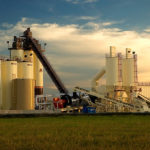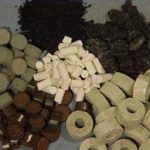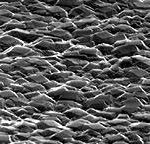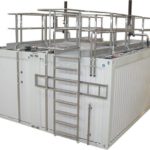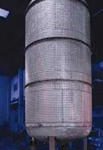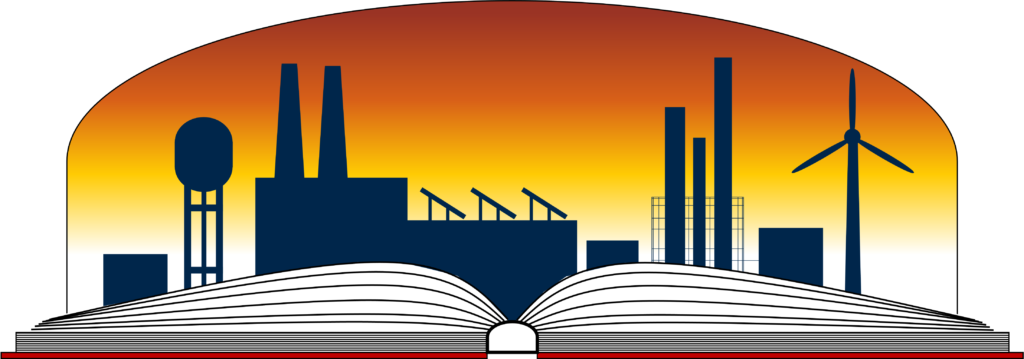
Welcome to the Visual Encyclopedia of Chemical Engineering Equipment! The Visual Encyclopedia of Chemical Engineering Equipment has been developed over the past 20 years to help students and faculty learn how chemical engineering equipment works. In this website, you’ll find descriptions of many different industrial processes and more than 100 kinds of equipment used in industry. Many major pieces of equipment (such as heat exchangers) have many different sub-types each of which have their own advantages and disadvantages. This makes the Visual Encyclopedia a great tool for designing processes and discussion of different types of equipment. Articles within the Visual Encyclopedia also contain photographs, drawings, animations, and videos that demonstrate what the equipment looks like and how it works. Please use the menus above or the search function to navigate to articles.
Featured Articles
Conveyors
Conveyors and elevators are used to transport solids. An industrial plant typically contains more than one type of conveyor or elevator.
Catalysts
A catalyst enhances the rate of a reaction. In other words, they allow a higher fraction of molecules to reach the minimum energy required for the reaction; hence, leading to the formation of more products. Catalysts are involved in the reaction, but are regenerated at the end of the reaction so that none of the catalyst is consumed.
CSTR
Continuous stirred tank reactors ( CSTR ) are the most basic of the continuous reactors used in chemical processes. The CSTR below is a half pipe coil jacketed reactor.
CVD Reactors
Chemical vapor deposition (CVD) reactors are used in applications that involve the deposition of a layer or layers of a substance onto a surface. The figure below is a 3000x magnification of a cubic diamond coated tool.
Fixed Film
Fixed film reactors are used to treat organic hazardous, non-hazardous, and toxic wastes. Hazardous materials in untreated water can be degraded to less dangerous compounds using biological agents such as microorganisms or their products.
Semi-Batch
Semi-batch reactors lie between batch and continuous reactors in terms of operation. Pictured below is a vertical reactor that can be configured to operate in semi-batch mode.

